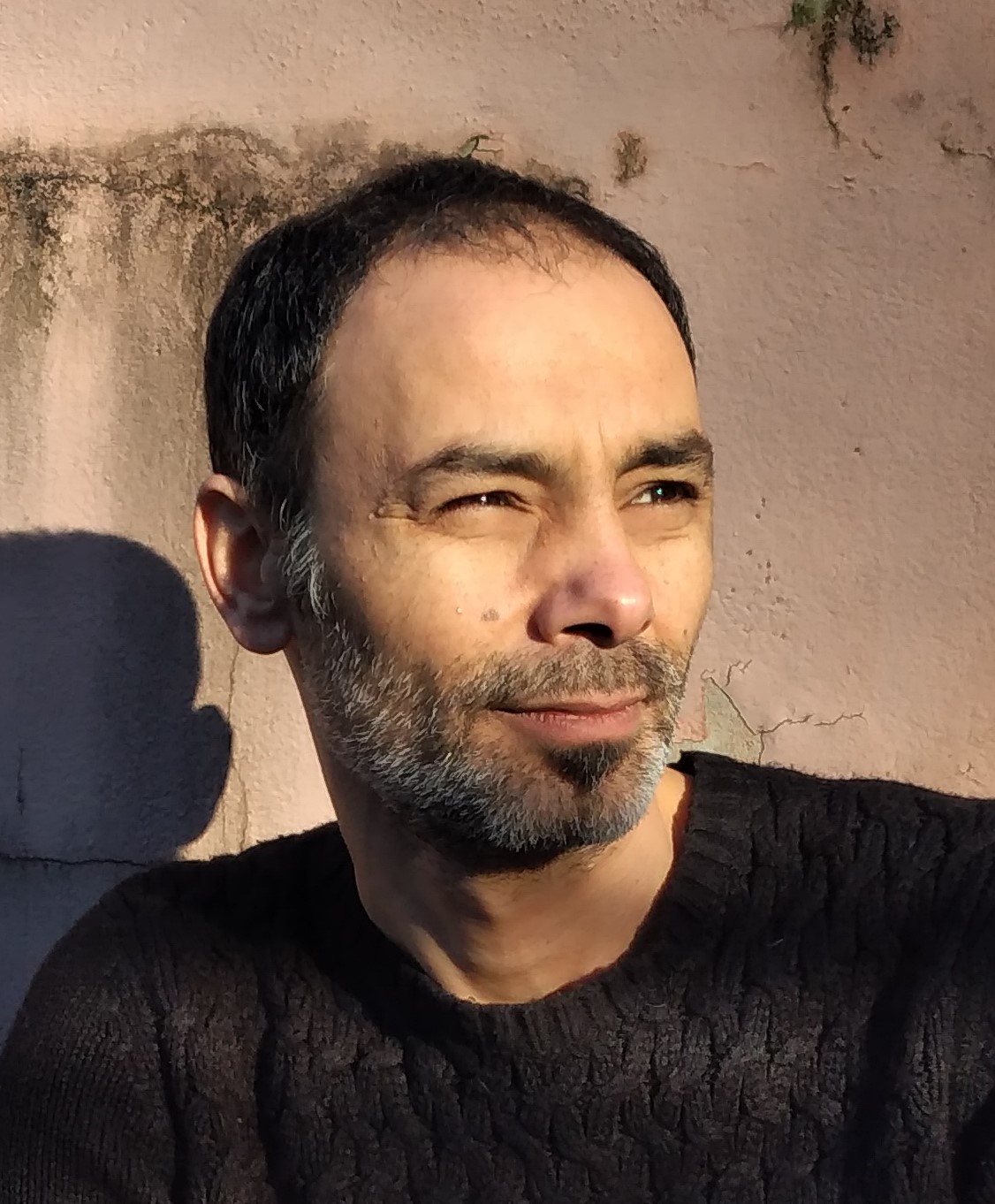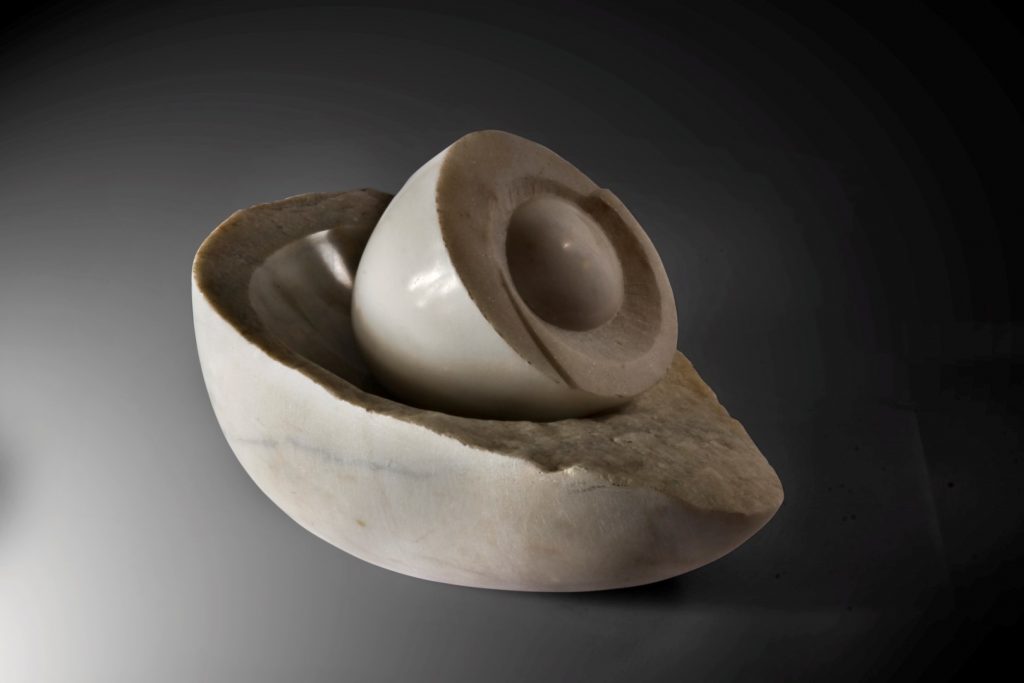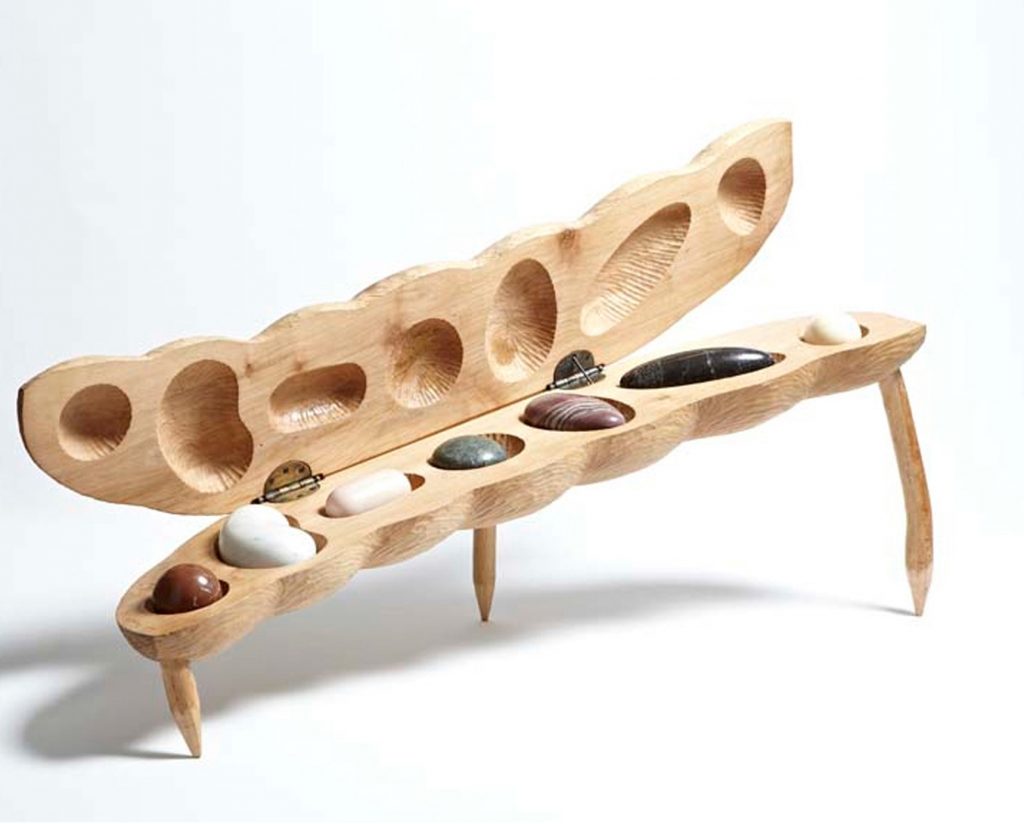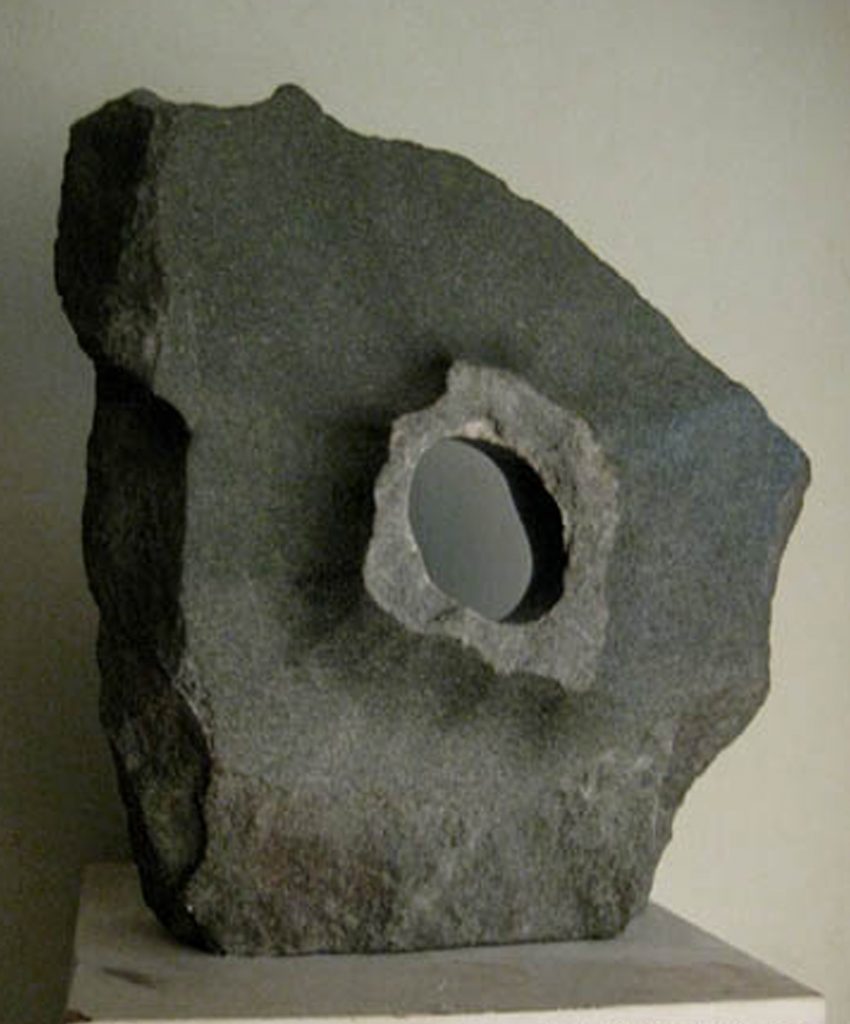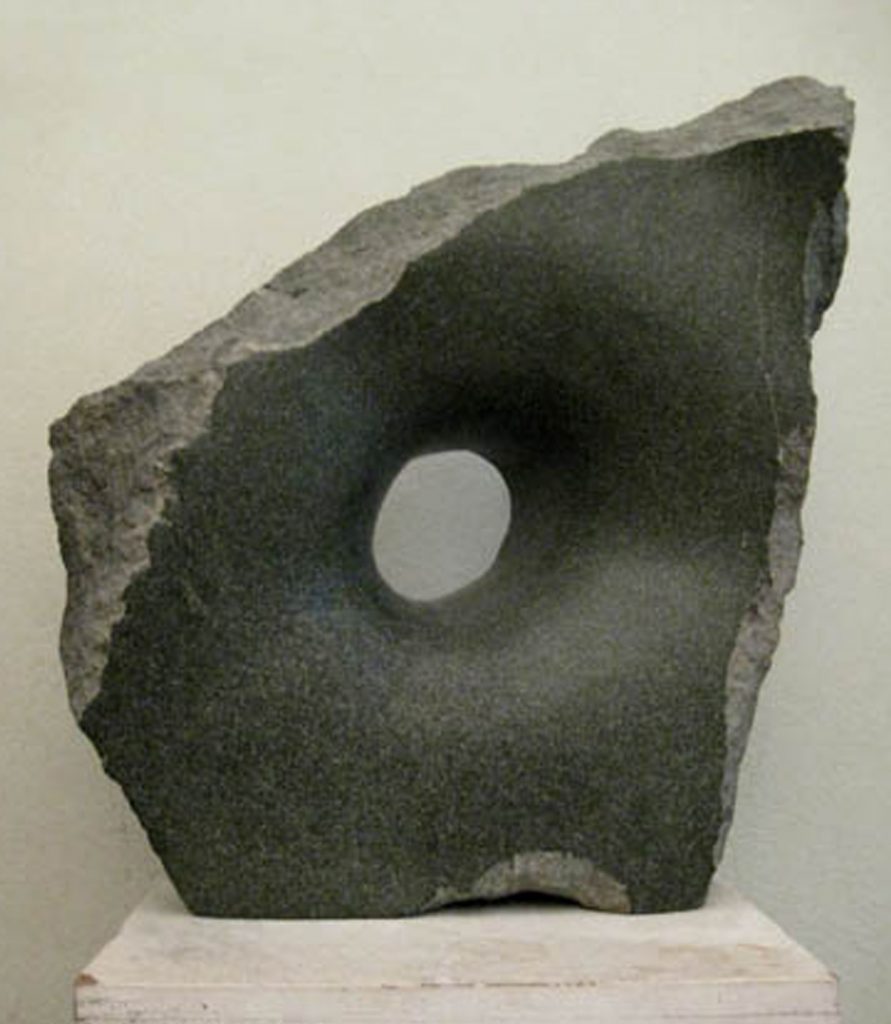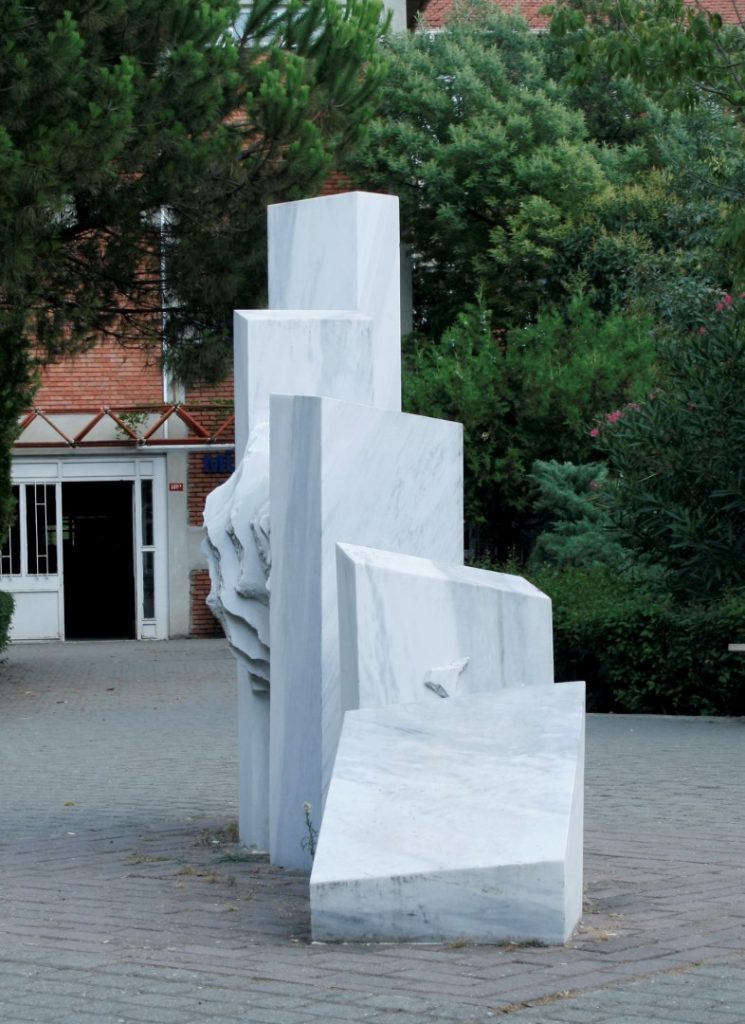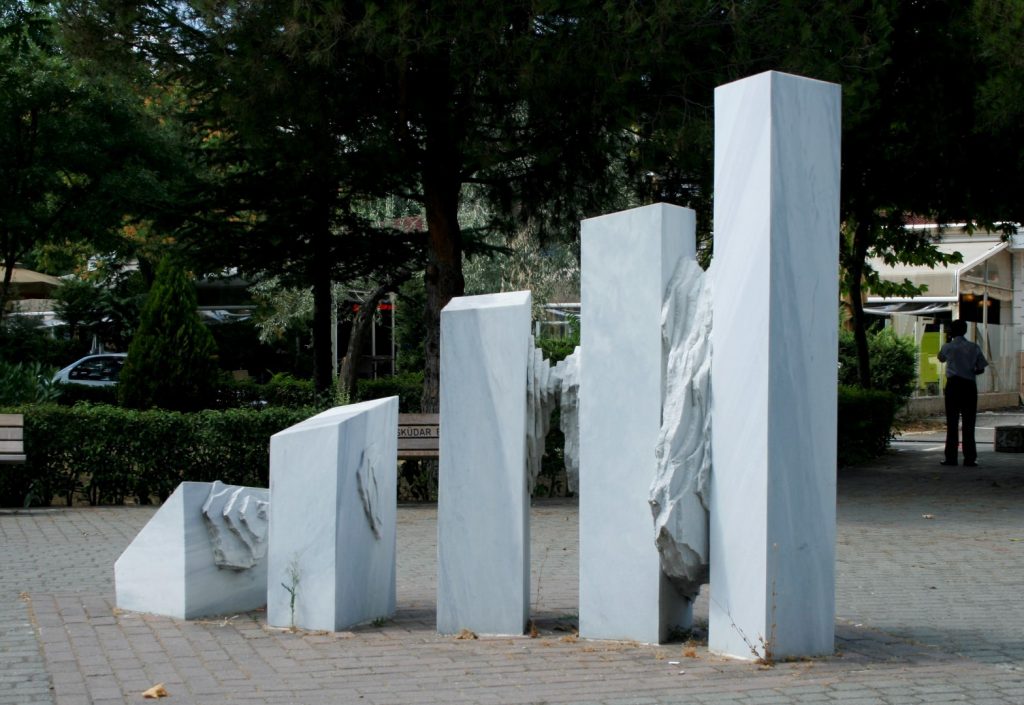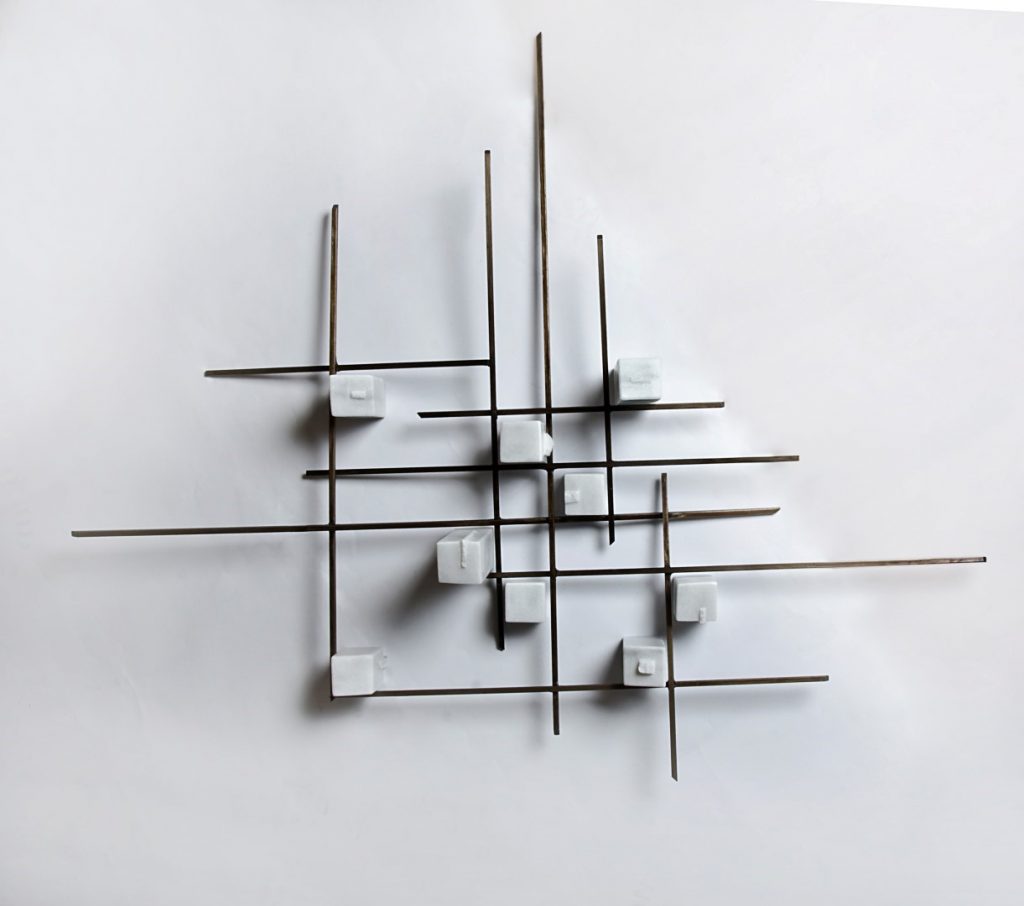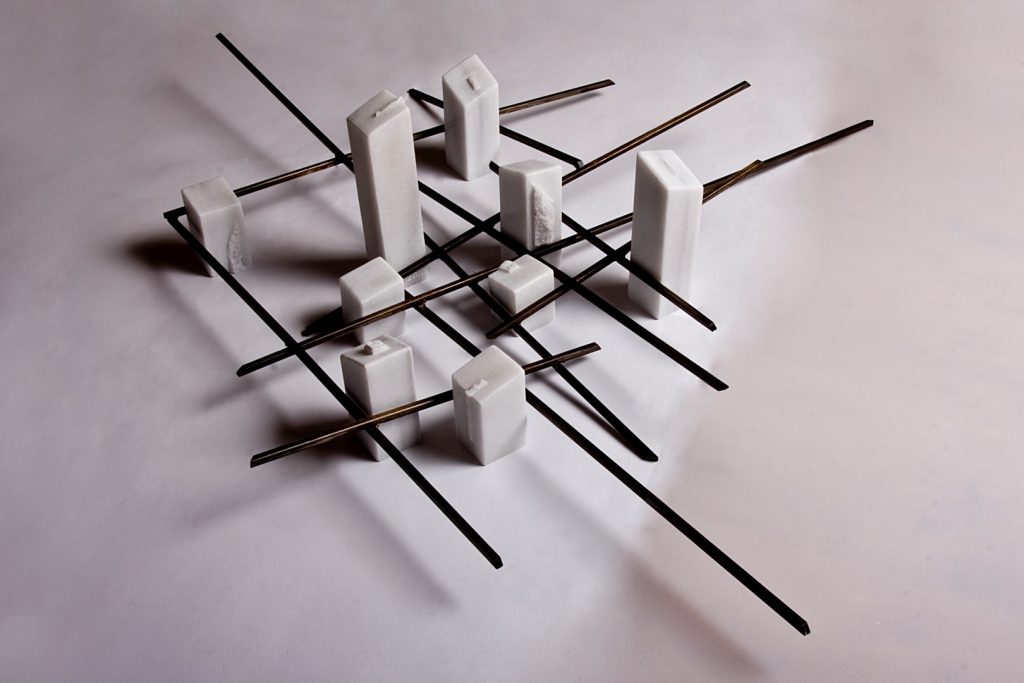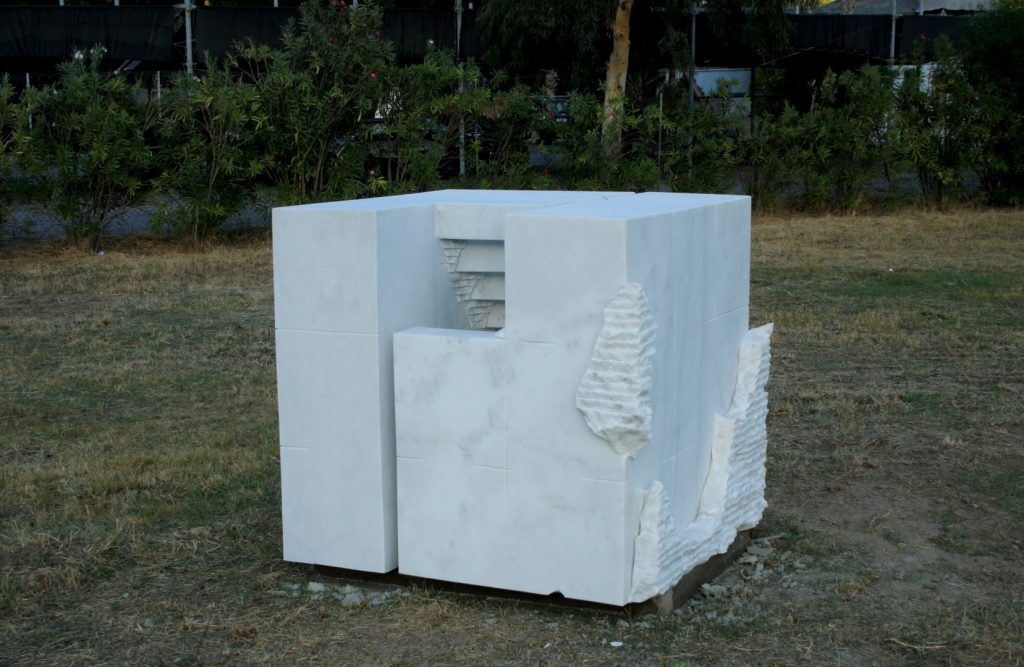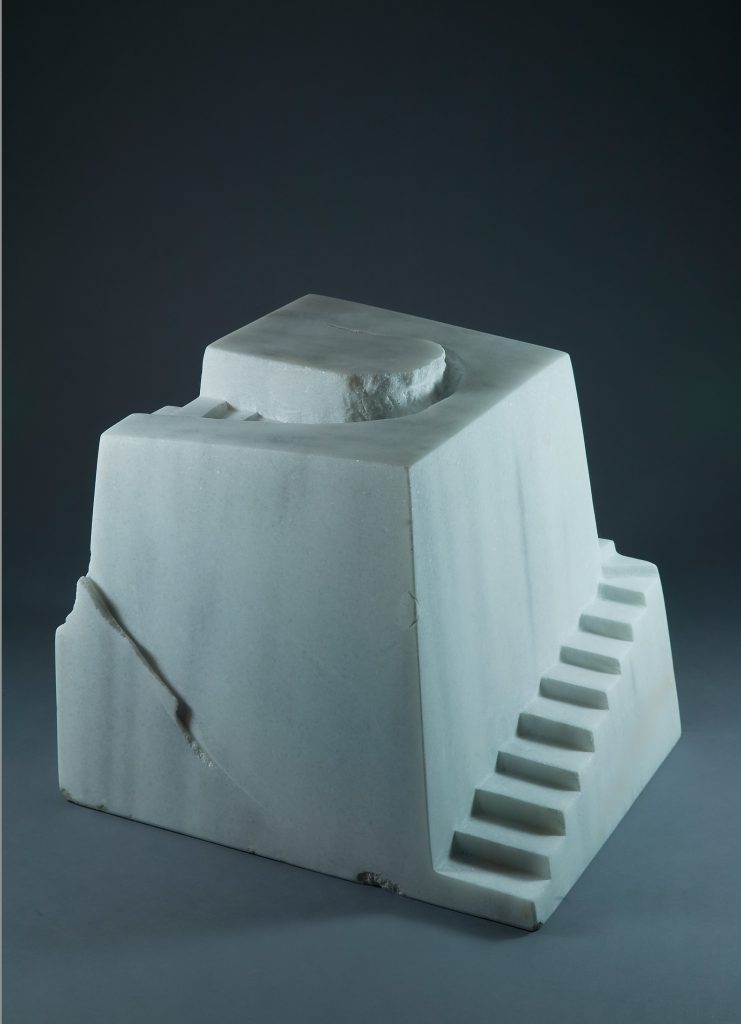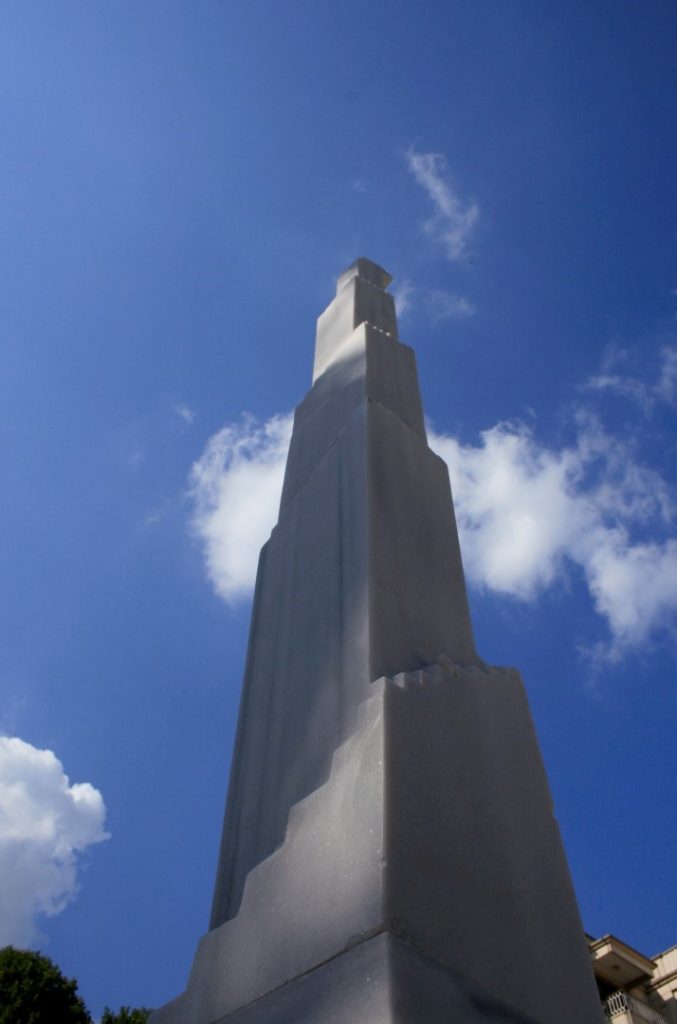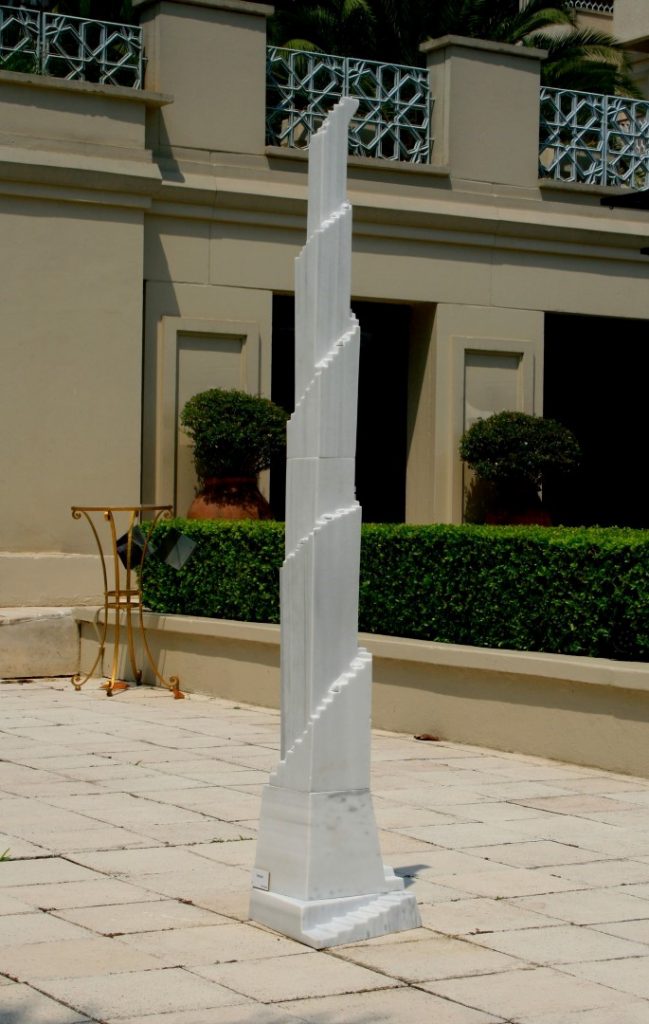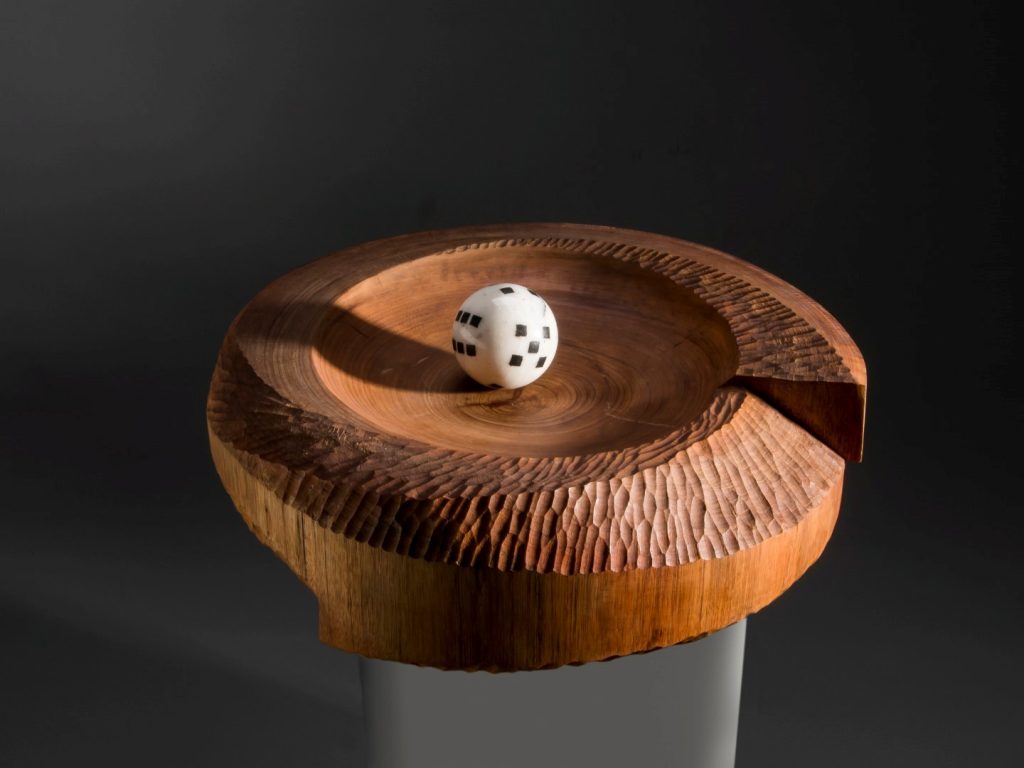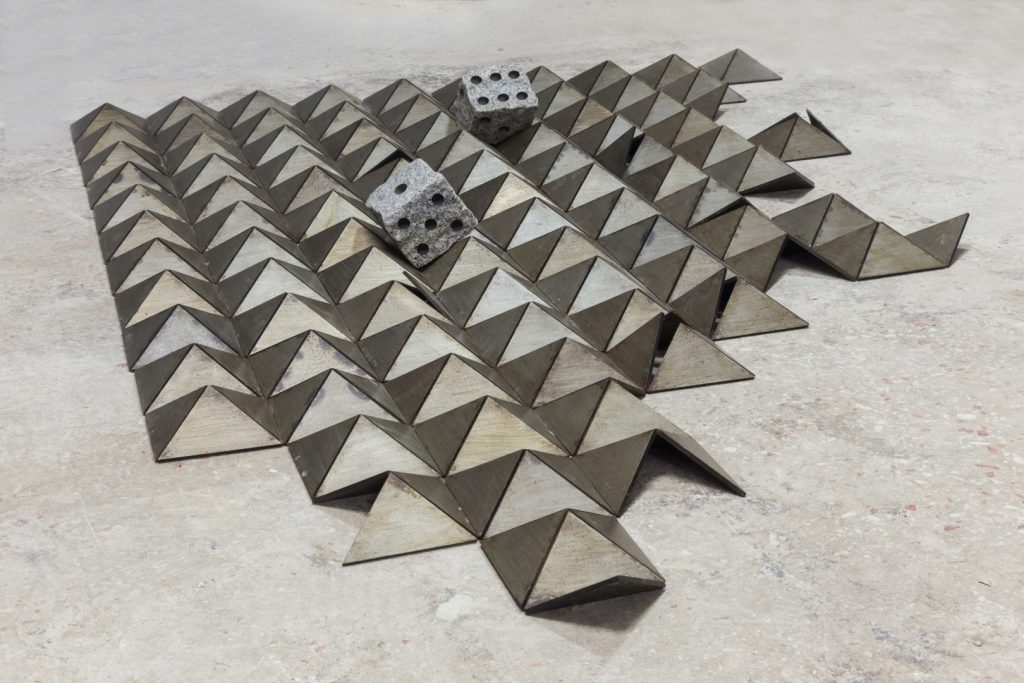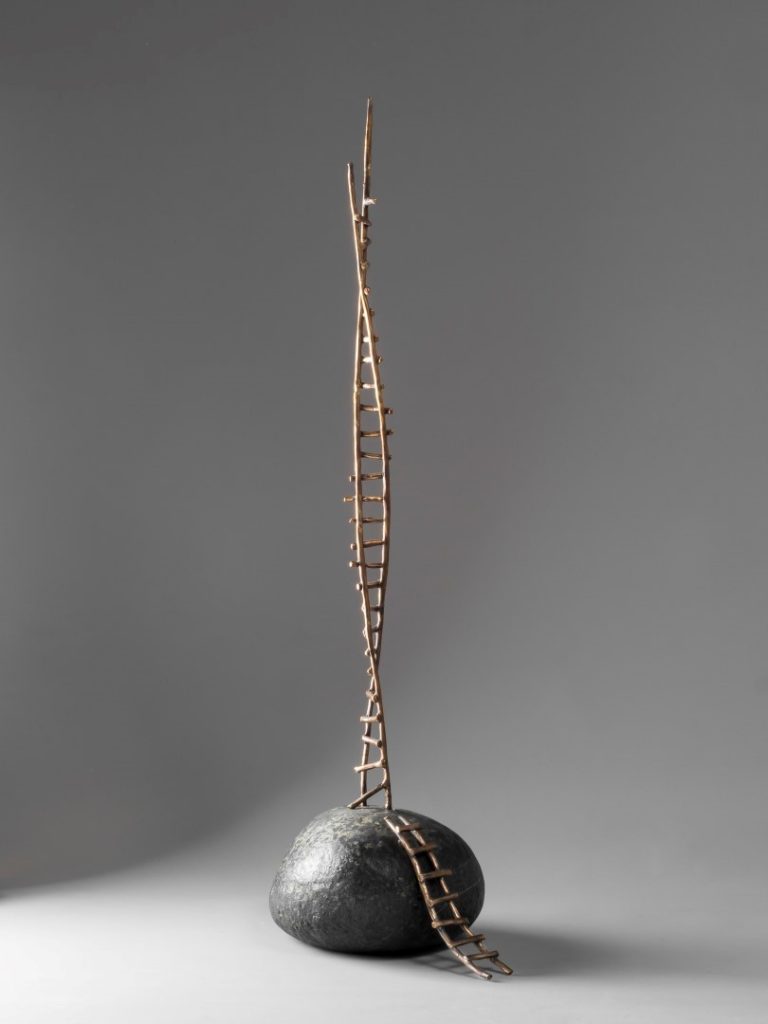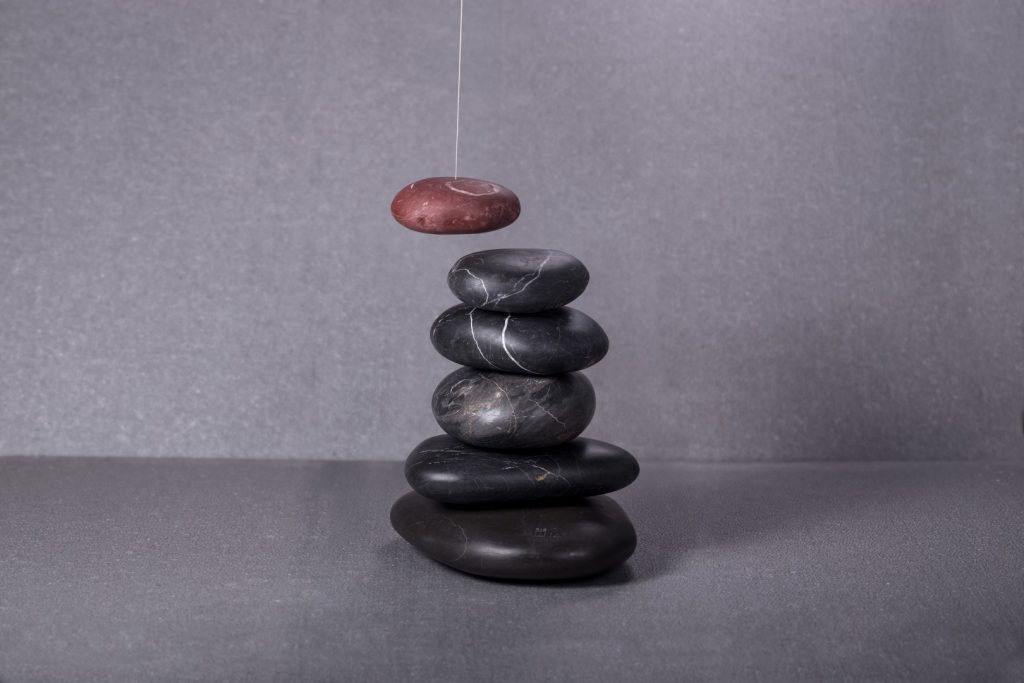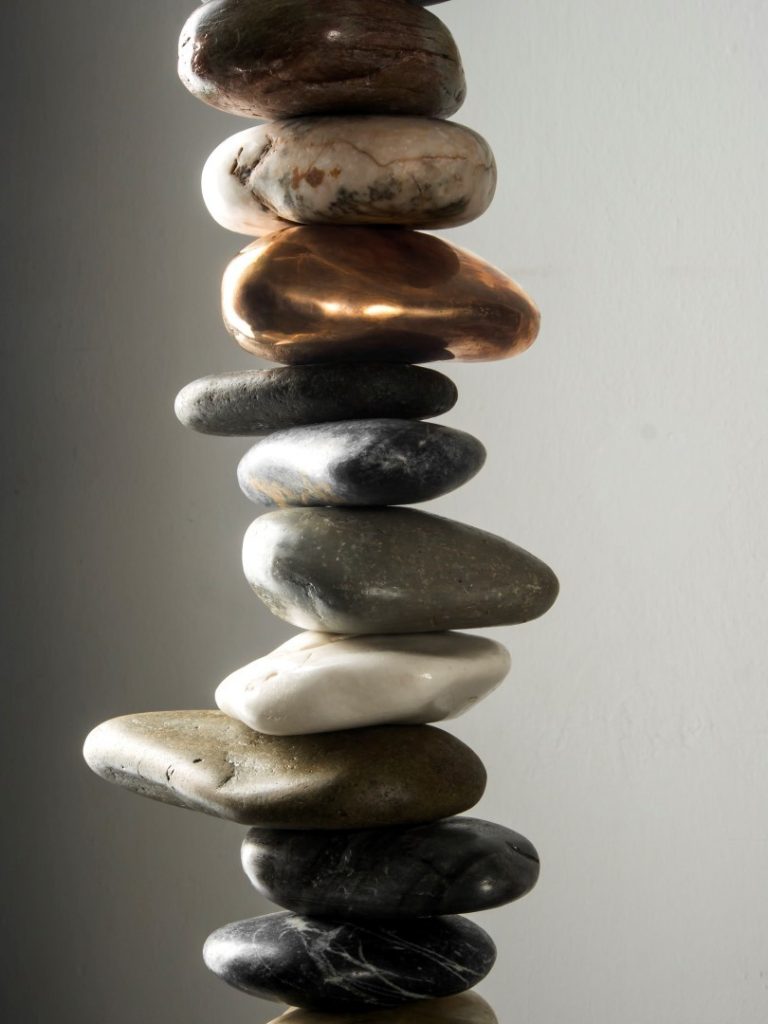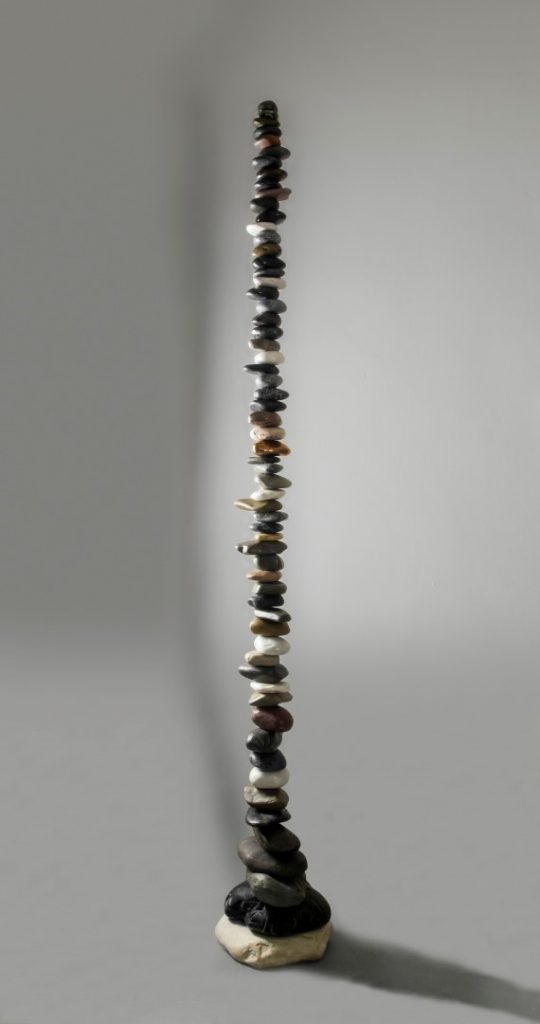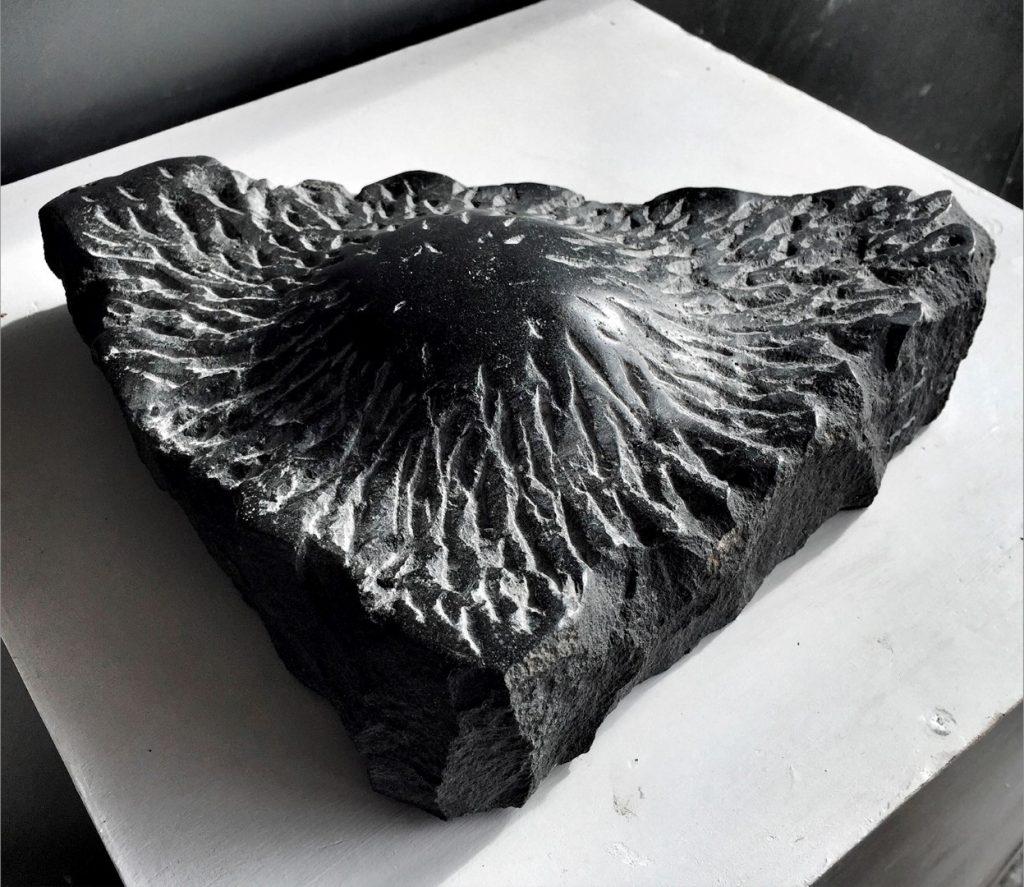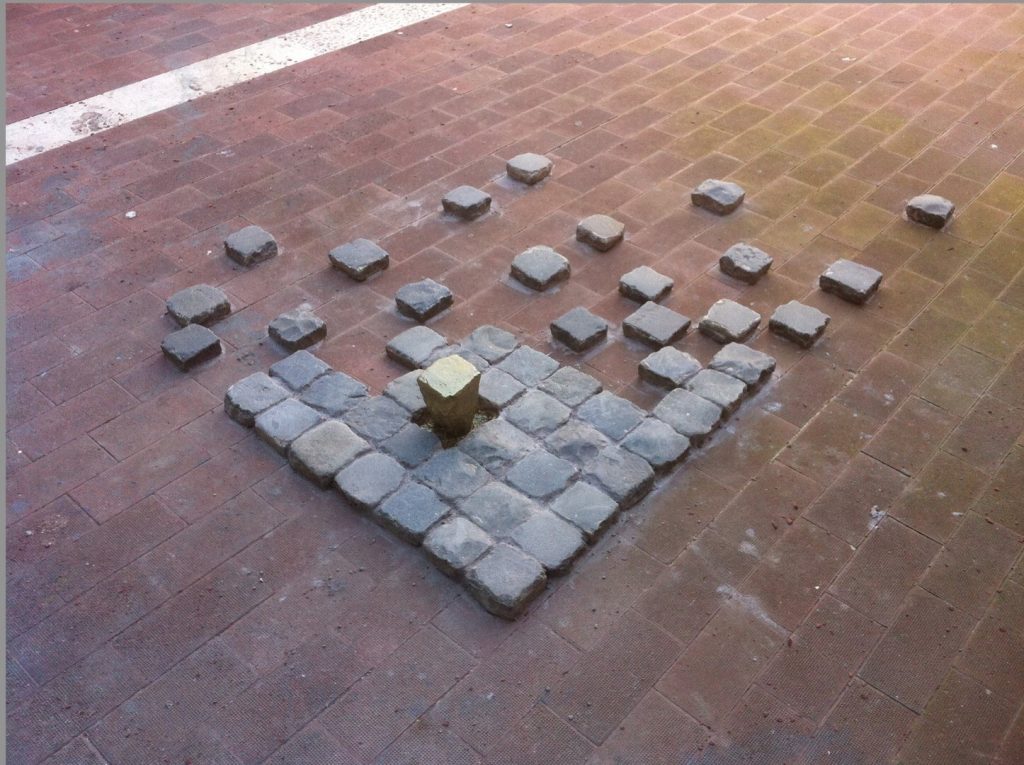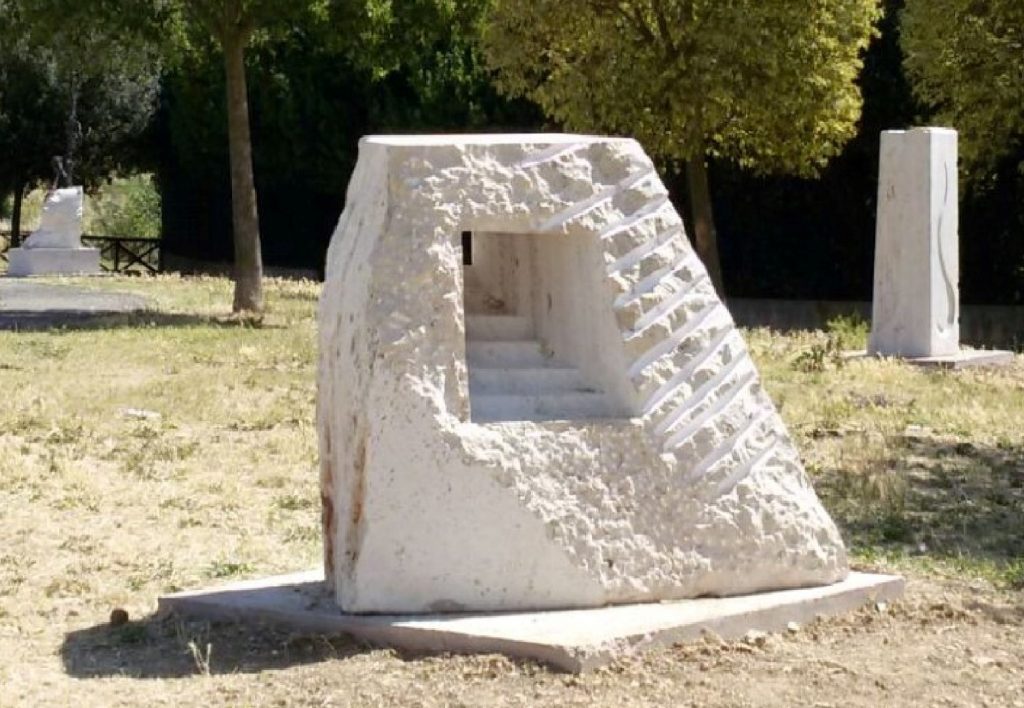Işık Özçelik, who produces art works using the natural stones of Turkey, is an award-winning sculptor who has participated in many group exhibitions, artistic events and symposiums. We talked with the artist, who generally builds his works on geometry, numbers, simple forms and paradoxical structures, and uses interaction and movement in his works, his relationship with the material, sources of inspiration and the effect of natural stone on his art.
How did your interest in sculpture begin? Can you tell about your story?
Işık Özçelik: Like many artists, I can say it began in childhood. After the games we played with clay with my friends, I used to take those clays and spend hours. Of course, we produced the clay ourselves. I usually made cars out of those clays, but I had an airplane made of wood, I never forget it. I was taking it seriously because I was a child, although it did not go beyond the game naturally or I was not aware of it. My inclination towards art was the day my art teacher told me about fine arts high school in the last year of secondary school and I made my decision that day. Deciding on the sculpture was not so difficult as I got to know myself better during my high school education. In the meantime, I would like to state that fine arts high schools are important institutions for Turkish art. It is important not only for starting education early but also for determining the right direction.
What are the notions that inspire you while shaping your works?
IÖ: My work is mostly the result of a process. To put it more accurately, artistic production is a process, and works are the objects that emerge in this process. What determines this process is everything we feed on while creating ourselves and our artistic language. Items borrowed from our natural and cultural environment have an important place in my production. For example, I take the staircase, which is an architectural form, and evaluate it in my own plastic language, out of context. Or a simple mathematical concept can form the basis of my work. Concepts such as balance, environment or audience relationship, which seem to be more detailed in a job, can sometimes become the basis or a part of my works.
How did your relationship with natural stone begin and continue in your art life?
IÖ: Stone dust is a bit like stage dust. With a little exposure, a kind of bond is formed. While I was experimenting with different materials during my university years, I met stone material and it didn’t take long for this bond to form. Of course, as we continue to work, certain materials become a part of our production language, but we should never lose sight of the unique features of each material. Stone material also does not show any shyness in terms of expressing its own characteristics. My production with stone material has always progressed with this pre-acceptance. I sometimes call that respecting the material. When the stone is used correctly, it can turn into a tulle on a baroque figure, but any good workmanship that the material does not accept will not give good results in terms of the discourse of the work.
Which natural stones do you use in your sculptures? Are there any obvious cooktops that you prefer?
IÖ: I can say that I have used mostly marbles until today. However, I don’t have a clear preference. Because the work determines material itself. However, when it comes to detailed craftsmanship, homogeneous stones with small crystals are always more favorable. Likewise, if the form stands out in the work, it is important that the color of the stone is homogeneous. In the intellectual process before the production, we determine the material of the work from among the possible materials. Considering Turkey’s stone reserves, it is certain that we are very lucky in terms of options.
We witness the use of different materials together in your works. What would you like to say about this subject?
IÖ: I try to choose the material that is suitable for the idea and discourse of the work, and sometimes this is not a single material. This is what I meant when I said that the material is determined by the work. Of course, our original production language is also a very important factor, but I try not to limit myself. On the other hand, using different materials together is somewhat dangerous. When turning an idea into a business, the problems to be solved multiply exponentially, not by adding up with the number of materials. However, the material or materials chosen in terms of expressive power are mostly inevitable. Then comes the production process, where the aesthetic choices that make up the composition are more decisive.
What would you say about your current works?
IÖ: In short, I can say that the process continues. And stone material maintains its important place in the works that I am working on or in the project phase. When the production of a work is completed, the work becomes independent of its artist and new experiences are required for the artist. After all, every business creates its own story. We also follow new stories.

